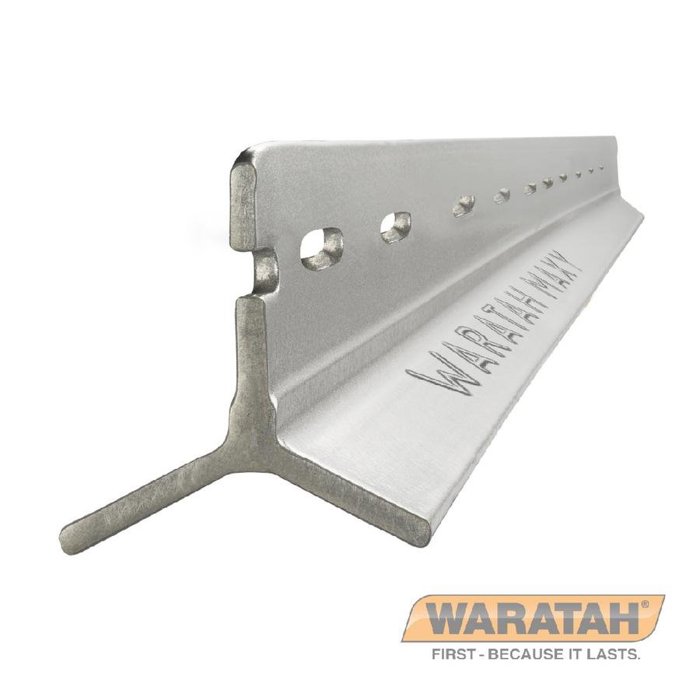Vineyard Wood Post Arsenic Leaching
The Problem
Vineyards have enduringly used green-tinted wooden posts to hold up grape vines for many decades throughout Australia. Wooden posts in vineyards have a lifespan between 3–30 years, this is dependent on several factors such as weather conditions, fungicide, termites and new machines that pick/prune the vines which have increased damage on the posts.
The green colour posts were introduced to increase the durability of the timber. The colour comes from post being saturated in copper acting as fungicide and chromium to fix the chemicals in place, as well as arsenic which kills termites. Due to this treatment, the removal of posts has become extremely expensive. The Wine Industry Association has issued a series of guidelines on how to dispose of broken or unused posts. The posts can leach arsenic into the soil therefore they cannot be burned or buried. To correctly dispose of the posts, they must be encased in water-proof containers or sent to a waste retrieval depot that is equipped to deal with them. Many farmers have been stuck with stock piles that they are unable to discard.
As post continue to break or become unusable in the vineyards, the process to replace them is becoming timely and expensive. The main expense can be isolated to picking and pruning machines which have reduced the durability of posts to approximately 3 years.
The Solution
The Vineyard used a 2.4 Metre custom made Jio MaxY post with two latches on it, this saved significant labouring hours as the wire did not have to be tied to the post. Waratah fencing posts are more streamline in comparison to timber, they do not require machinery to install and they can be carried by hand.
Jio MaxY Posts are hot-dipped in galvanized coating which ensures they are suitable for use in medium-to-high corrosive environments. The combination of high strength wire and posts ensures the vines withstands strong winds and machine harvesting, it also offers support for tough load bearing capacity for the full canopies.





